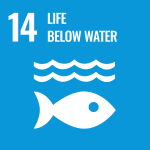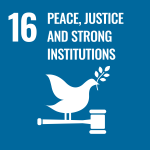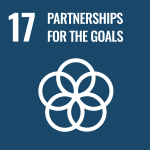Long-term oceanographic observation in the Area

Overview
The assessment of essential ocean variables on the long term is crucial to discriminate natural variation from potential anthropogenic impacts in marine ecosystems. Long-term oceanographic observations are therefore an important corner stone for the protection and sustainable management of the deep-sea environment in light of the potential exploitation of mineral resources in the Area.
Substantial scientific achievements have been made by ISA contractors through their exploration activities and the results have extensively contributed to advancing marine scientific research in the Area and improving our understanding of deep-sea ecosystems. Comparatively, there’s a relative paucity of scientific information on areas adjacent to the contract areas, such as in areas of particular environmental interest (APEI), which were designated as no-mining areas under the environmental management plan for the Clarion-Clipperton Zone (CCZ) in the Central Pacific Ocean.
Expanding ocean observations and monitoring beyond the contract areas would not only inform the effectiveness of area-based management approaches for the protection of deep-sea ecosystems from potential mining impacts but would also be key to inform the assessment of possible cumulative impacts from the effects of climate change, pollution of the marine environment and biodiversity loss.
With this voluntary commitment #OceanAction41231 ISA will coordinate and facilitate the inception of a pilot demonstration project to kickstart a long-term ocean observation programme in the APEI’s of the CCZ through partnership with relevant scientific institutions and ISA contractors. In collaboration with the Deep Ocean Observing Strategy (DOOS), a project under the Global Ocean Observing System (GOOS) of IOC-UNESCO, this activity will contribute towards the societal objectives of the UN Ocean Decade for Sustainable Development through the implementation of ISA’ MSR Action Plan adopted in 2020.
Voluntary commitment 3 supports the following SDGs:




